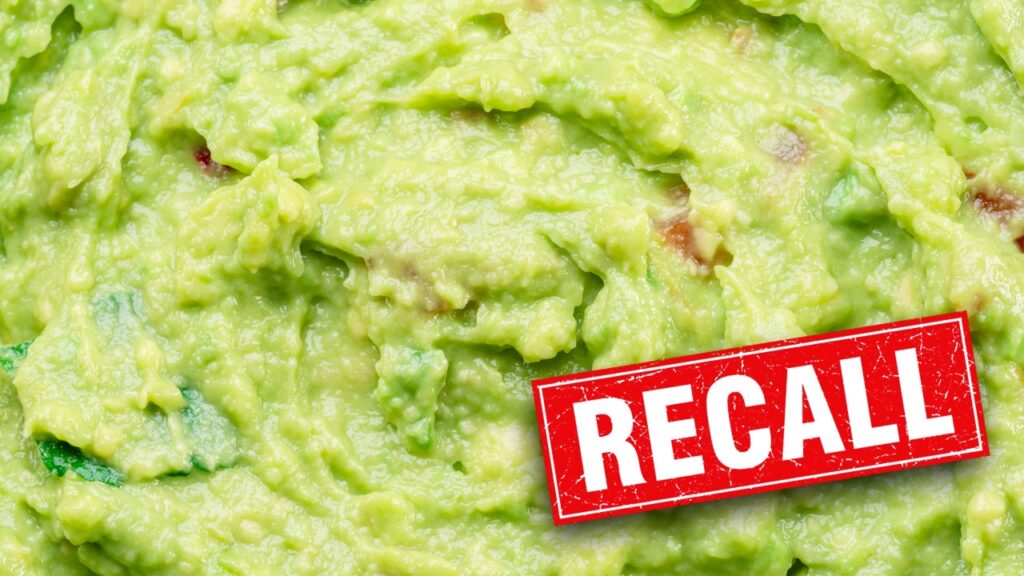:max_bytes(150000):strip_icc():format(jpeg)/GettyImages-1162966574-ec851585a6ac4c86b5bf8f5291cd2bc1.jpg)
A margin account lets you leverage your buying power and buy more stocks than you could with your available cash by taking on a loan from your broker. The stocks purchased are then held as collateral by the brokerage firm.
The brokerage firm and the investor must follow many rules when buying securities on margin. The Federal Reserve Board and FINRA set these requirements. An account holder can receive either a maintenance margin call or a fed margin call if they’re not met. You’ll have to add more money to the account or face a forced liquidation of your shares and some pretty hefty losses if the account balance falls too low because the securities purchased lose value.
Key Takeaways
- Margin trading involves taking a loan from your broker to leverage your long position or go short on stocks in the market.
- Your loan will be “underwater” if the securities that are held as collateral lose value and their value is less than the loan itself.
- A margin call is then enforced, requiring that you add more money to your margin account so the loan is no longer underwater.
- A federal margin call (Reg. T) is a legal requirement to fund a purchase of securities in a margin account with at least 50% cash.
- A maintenance margin is the minimum amount of equity that an investor must maintain in the margin account after the purchase has been made and is set at 25% of the total value of the securities.
Margin Calls
A margin call occurs when the value of an investor’s margin account falls below the broker’s required amount. The margin account contains the securities bought with borrowed money. A margin call is the broker’s demand that an investor deposit additional money or securities so the account is brought up to the minimum value known as the maintenance margin.
A margin call usually means that one or more of the securities held in the margin account have decreased in value below a certain point. The investor must either deposit more money in the account or sell some of the assets held in the account.
Failure to meet the initial margin can result in the prevention of trading or the forced liquidation of other securities by the broker to meet the margin requirement.
Maintenance Margin Calls
A maintenance margin is set after the initial purchase. The Federal Reserve Regulation T sets this requirement at 25% although many brokerage firms require as much as 30% to 40%. A maintenance margin of 25% means that a minimum equity amount must be valued at 25% or more of the margin account’s total value.
The investor receives a maintenance margin call if one or more securities in the account fall below a certain price and these requirements aren’t met. Depositing money or marketable securities to increase the equity in the account or selling positions in the account to pay down the loan will satisfy the maintenance margin call.
Fed Margin Calls
Regulation T states that an initial margin must be at least 50% although many brokerage firms set their requirement higher at 70%. An investor must pay 50% or more of the security’s purchase price upfront. This is known as a federal or “fed” margin call.
A fed margin call, also called a Regulation T margin call, is triggered when an investor purchases stocks and doesn’t have enough equity in the account to meet the 50% or more equity requirement. Depositing money or marketable securities will satisfy the fed call. A liquidation violation may be placed on the margin account if it’s not satisfied.
How Does Trading on Margin Work?
Margin trading begins with signing an agreement with your broker who will then front you up to 50% of the cost of the investments you want to purchase. The stocks you buy serve as collateral for the loan. The agreement allows your broker to claim those investments if you default on repayment.
What Is a Maintenance Margin?
A maintenance margin is the amount of equity you’re required to keep in your margin account after you’ve purchased stock with borrowed money. FINRA requires that it be at least 25% of the value of the securities held in the account.
What Can Result in a Margin Call?
You can be faced with a margin call for three common reasons. You traded for more than your account’s available funding, the value of your margin account has plummeted, or your broker has raised its maintenance margin requirements. You can sell some of your securities or deposit margin-eligible securities to make up the difference or you can promptly deposit cash.
The Bottom Line
You can borrow to buy stocks just as you can take a loan to purchase a home or car. It involves opening a margin account with your broker who is going to want collateral just as any lender would. The securities you purchase are held as collateral. A margin call can result if those securities lose value and or are otherwise no longer sufficient to back your loan.
You have a few options in the event of a margin call but they all require restoring the broker’s position. Contact an expert if you’re faced with this situation so you can determine your best course of action.
Disclosure: Investopedia does not provide tax, investment, or financial services and advice. The information here is presented without consideration of the investment objectives, risk tolerance, or financial circumstances of any specific investor and might not be suitable for all investors. Past performance is not indicative of future performance. Investing involves risk, including the possible loss of principal.



